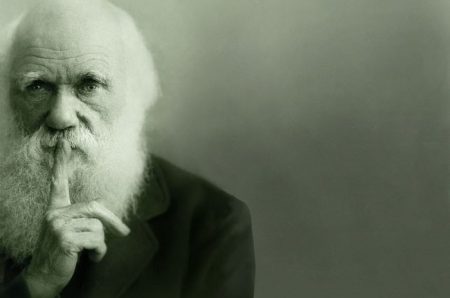Change and adapt! It’s only natural. Steve Shellabear of dancing lion explains
What do Bear Grylls and Charles Darwin have in common (hint – it isn’t anything to do with eating uncooked wildlife)?

Seriously though, I think as Customer Service professionals, we all realise the importance of being aware of the opportunity to improve. But should we be thinking of change as an integral part of our business culture? Surely if an organisation isn’t broken, we shouldn’t be trying to fix it.
Change management itself is nothing new – we’ve all heard of it. From the McKinsey 7-S model to ADKAR, Nudge Theory and all the rest. It’s been with us since the early 20th century, and in the 1980s, with the arrival of Japanese car makers, Kaizen came too.
There’s a change model out there for any type of organisation.
Coincidentally, it was in the 80s, with the advent of the consumer boom, that the pace of consumer demand became immense. Companies had to change and adapt if they were to take full advantage of the surge in spending power. The old adage became something more like a clarion-call for any company serious about success – act or be acted upon. The underlying concept of Kaizen (continuous improvement), in one form or another, became essential to much business practice.
And of course, since then the pace of life, the pace of change, the rate at which we all expect everything to happen, only seems to have increased. It’s obviously technology-driven. What used to take weeks or months to design and manufacture, now takes hours or days. A meeting on the other side of the world – instant.
Decisions happen faster. Consumer and end-user expectation never cease to spiral! How long are you willing to wait for your device to be delivered? A whole day? Really?
This is the nature of today’s business environment. Change management is no longer just about identifying problems and fixing then. It’s about excellence. In every dimension of an organisation’s philosophy, in its practices, in its development of staff, in its treatment of customers, change management is the oil keeping the gears smoothly turning in businesses of all types, worldwide.
So, for an organisation new to change management, how does one go about implementing the new culture? Well to begin with, it’s likely that someone noticed that something needed to change! A senior manager agreed, and typically, an external consultancy was requested to provide expertise and guidance on the process of implementation.
The next stage is the interesting part for any company implementing a new culture – buy-in. It’s not unusual for several layers of stakeholders to be involved in a new process, and ideally they all need to see the point and fully get on board. It can be a bumpy ride. Differing perspectives, competing objectives and expectations. It takes time and a skilled leadership to negotiate this stage, because not many people like or want change, even when it’s obviously required.
Having gained broad acceptance of the need for change, the specifics, and the method and timescale for implementation can be agreed upon. A staged implementation plan is typical, ensuring that all resources (funding, personnel and IT) are suitably prepared and available for what’s to come.
From the point of implementation, communication between the change team and stakeholders becomes critical. A two-way street of information-sharing must exist, with feedback being seen to flow back into the new systems and procedures.
The next stage – seeing the project through. A collective desire for completion and success is essential. Imagine the deflating experience of realising there’s no will to see it through. This is an all too common occurrence, and the cost can be more than just morale. Successful outcomes are essential, with ‘quick win’ stages regularly recognised and celebrated as milestones on the way to the ultimate goal of completion.
So, as we said earlier, if an organisation isn’t broken, why try to fix it? Maybe.
But perhaps there’s a better question. Perhaps we should be asking ‘How good could this organisation be? How can we make it even better?’ Those are the questions to ask when you’re in pursuit of excellence.

Dancing lion has worked extensively across industry sectors with private and public sectors organisations in the UK and abroad.
They design and deliver innovative training programmes that build front-line staff capability, develop manager’s skills, maximise the customer experience and help win and retain customers; their success is based on a combination of experience,personal attention and focus on helping our clients make measurable improvements.
For additional information on dancing lion visit their Website




